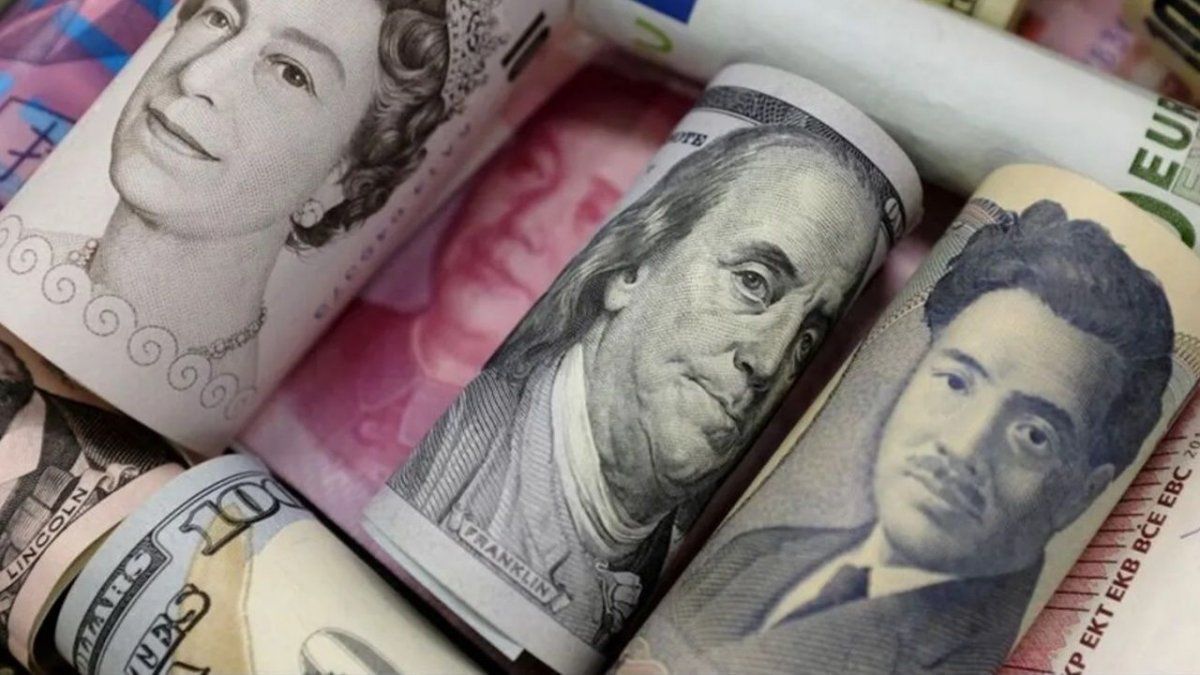The dollar rose against the euro this Friday March 31, but suffered their fifth straight weekly loss against the European currency, after a Slower growth in US consumer spending will boost hopes that the Federal Reserve will be less aggressive in raising interest rates.
US consumer spending increased moderately in February, probably as compensation for the rally of the previous month, and although inflation showed signs of coolingremains high, so the Fed could raise interest rates once more this year.
Early in the session, data showed that Eurozone inflation posted the biggest drop ever recorded in March, but underlying pressureswhich exclude food and energy, accelerated, putting pressure on the European Central Bank to continue raising rates.
The euro was down 0.48% at $1.0852 after the data. The European currency gained 0.8% in its fifth consecutive week of gains against the dollar, the longest streak since August 2020.
The Fed is expected to raise the overnight interest rate in May, but even so, it is expected to reverse quickly and end the year with lower rates compared to the beginning of 2023according to futures contracts linked to the official interest rate of the US central bank.
“My hunch is that the Fed will raise the rate another 25 basis points in May and that will be it (…) but I think that the ECB will continue with aggressive increases until the summer (boreal)”, said Cole of Equiti Capital. “This could be positive for EUR/USD (euro/dollar) from an interest rate standpoint.”
Meanwhile, sterling weakened 0.4% on Friday to $1.2337 as a cloudy economic outlook overshadowed data showing Britain avoided a recession in the final months of 2022.
Source: Ambito
I am a 24-year-old writer and journalist who has been working in the news industry for the past two years. I write primarily about market news, so if you’re looking for insights into what’s going on in the stock market or economic indicators, you’ve come to the right place. I also dabble in writing articles on lifestyle trends and pop culture news.




